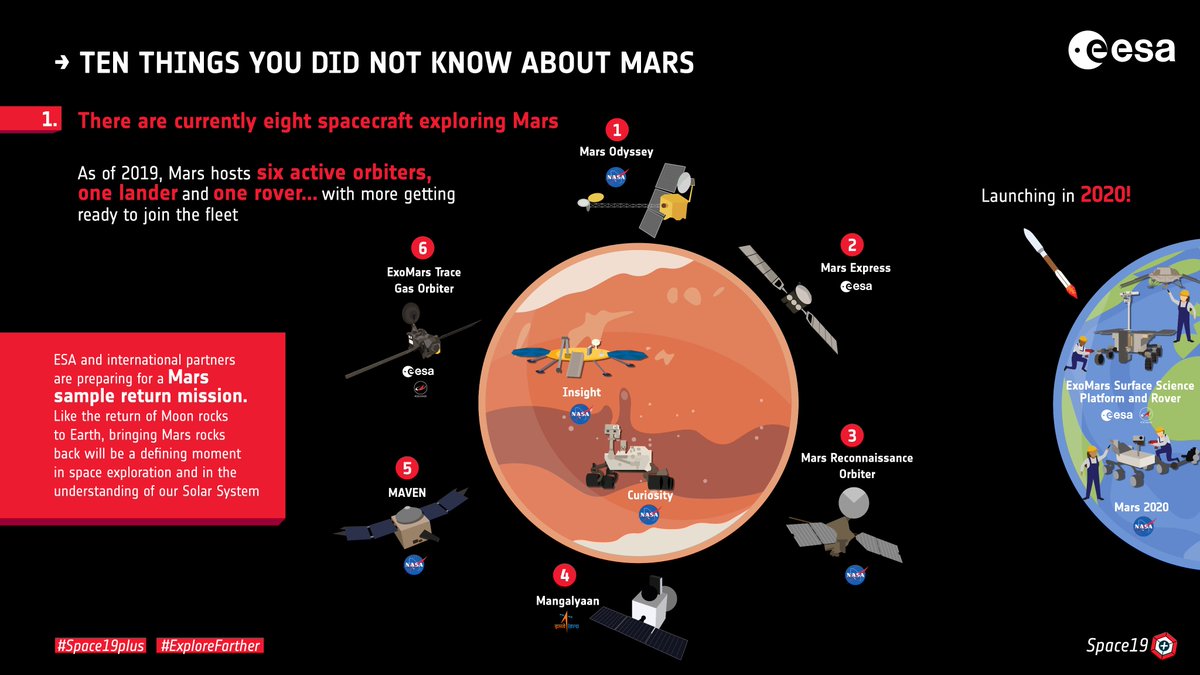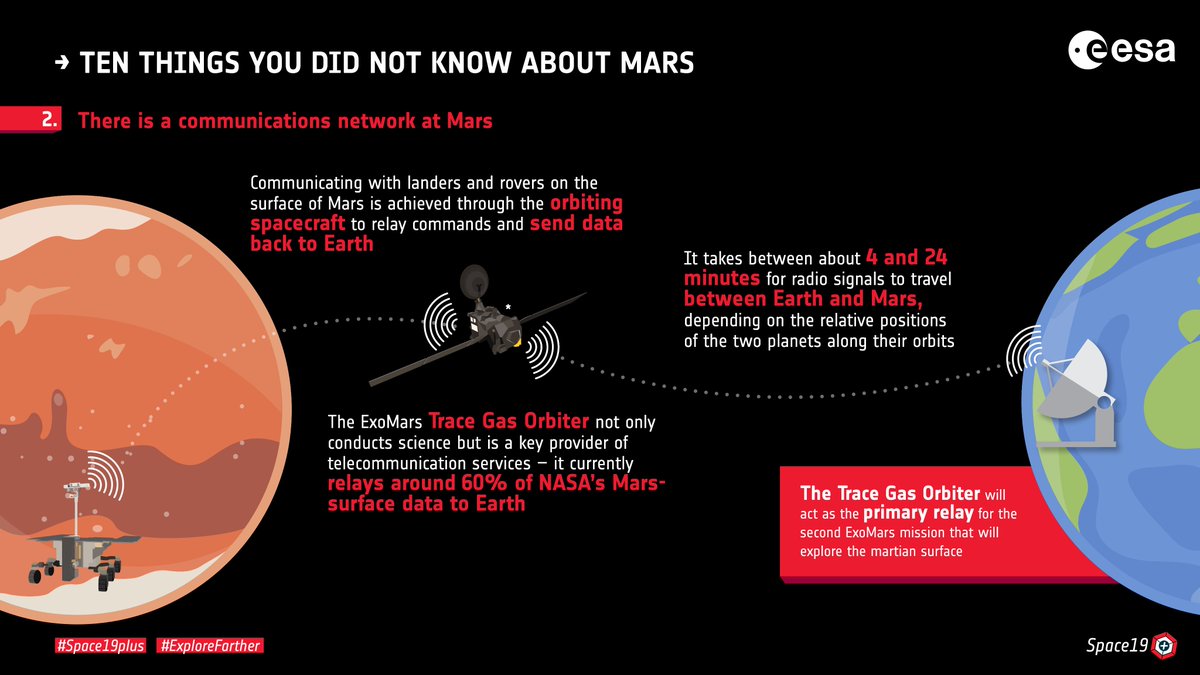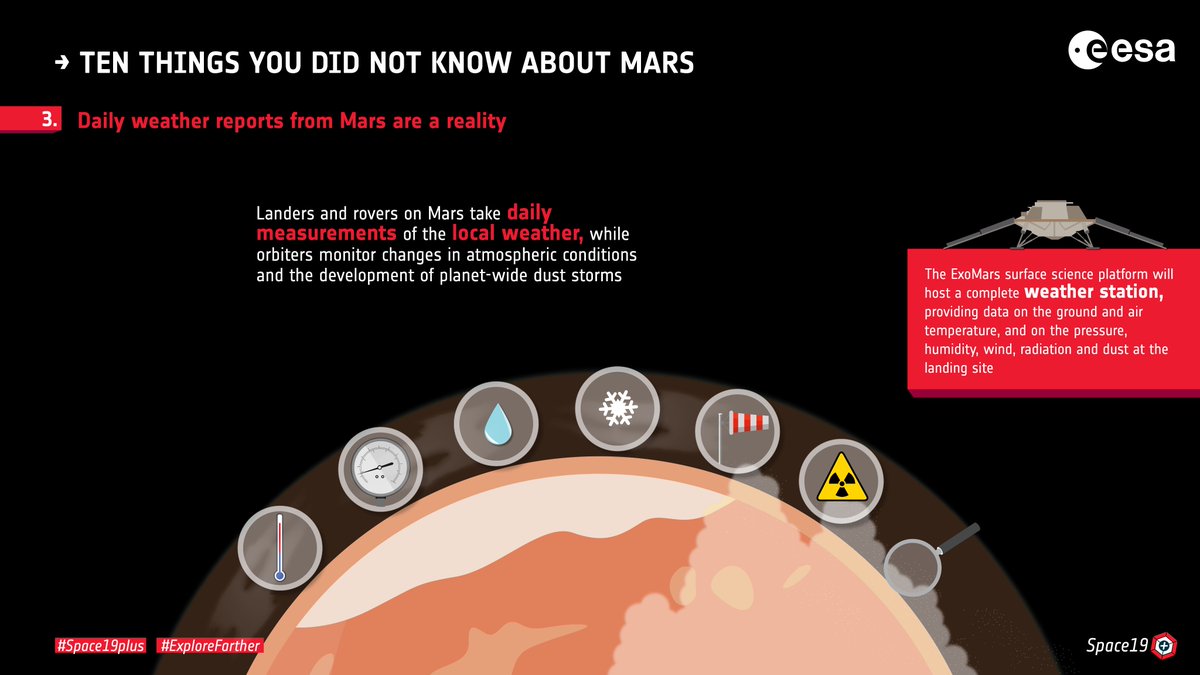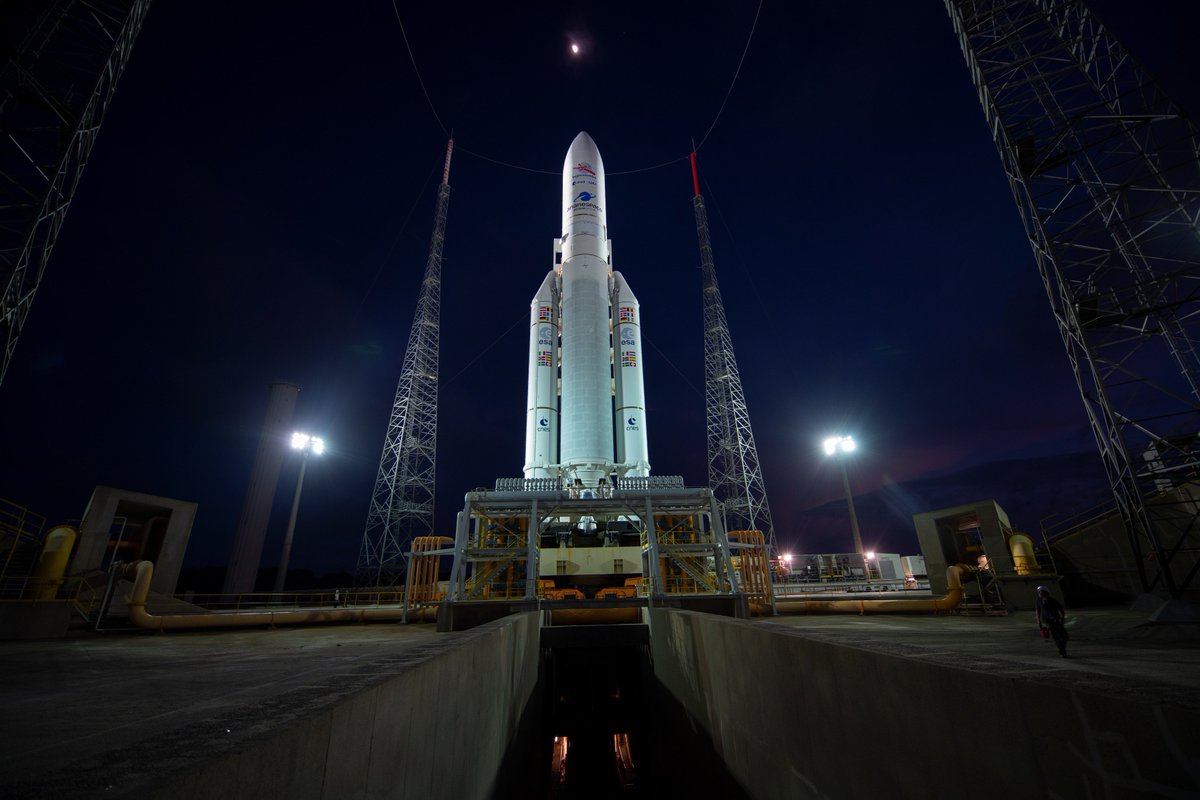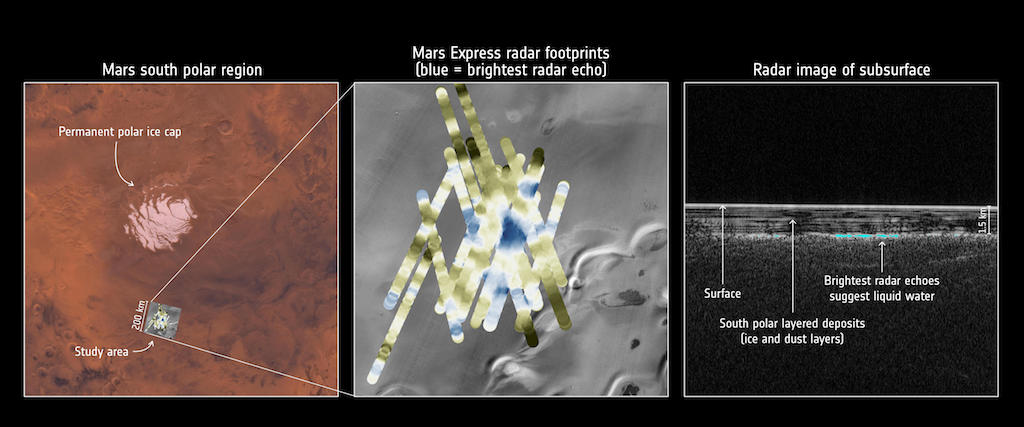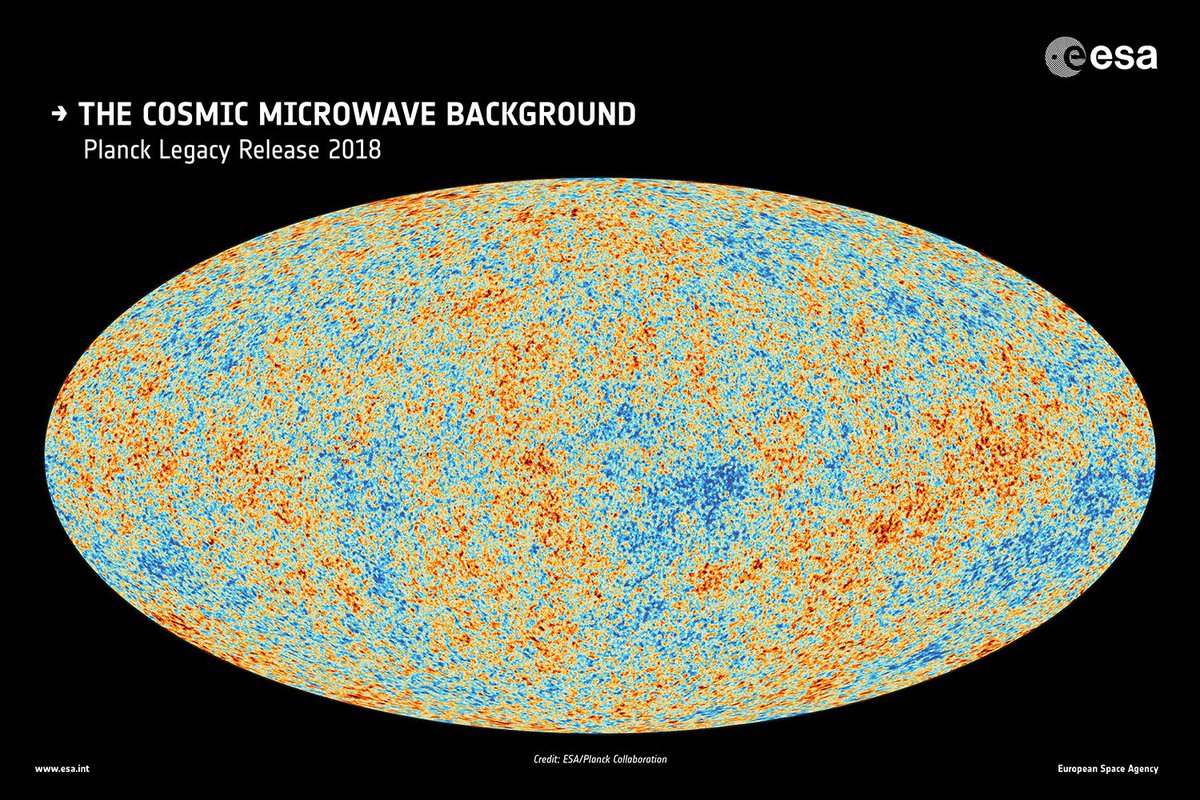
Are you ready for an early #Halloween story? Turn on your pumpkin lanterns, because the ghosts of our spacecraft past have a story to tell… 💀🛰👻🎃🤖☄️🕯 #RosettaLegacy #TrickOrTreat #MysteryStory
After years of detective work by #Rosetta & #Philae teams, the lander’s “missing” second touchdown site has been identified on #comet #67P, in a location that resembles the shape of a skull! 🔎💀😮 #RosettaLegacy
Full story👉 esa.int/Science_Explor…
Full story👉 esa.int/Science_Explor…
Philae left its imprint in billions-of-years-old ice, revealing that the comet’s icy interior is softer than #cappuccino froth or the foam in a bubble bath or on top of waves at the seashore ☕️🛁🌊#RosettaLegacy (photo courtesy @AstroEmz) 

@AstroEmz Recap! #Philae landed on comet #67P 12 Nov 2014, rebounded & made 2hour flight, colliding with a cliff edge, touching down a 2nd time, before coming to a halt at a 3rd site only found in #Rosetta images 22 months later.. esa.int/ESA_Multimedia… #RosettaLegacy 

@AstroEmz #Philae’s magnetometer boom was used in a unique way: it created a characteristic set of spikes in magnetic data as it moved relative to the lander body, helping to constrain timing, acceleration & movement across the surface esa.int/ESA_Multimedia… #RosettaLegacy 

@AstroEmz #Philae spent ~2 mins ‘dancing’ through Touchdown 2, making several distinct surface contacts, including making an upside-down imprint of its top surface in the ice #RosettaLegacy
esa.int/ESA_Multimedia…
esa.int/ESA_Multimedia…
@AstroEmz Images of “a light shining in the darkness” pointed to the freshly exposed ice revealed by #Philae as it interacted with the comet’s surface, covering about 3.5 sq metres #RosettaLegacy esa.int/ESA_Multimedia…
@AstroEmz #Philae’s last interaction at Touchdown 2 made the skull’s right ‘eye’. Do you see the skull shape? 💀 Once you see it, you can’t unsee it!
#RosettaLegacy esa.int/ESA_Multimedia…
#RosettaLegacy esa.int/ESA_Multimedia…
#Philae’s imprint provided first in situ measurement of the softness of a comet boulder’s icy-dust interior & an estimate of porosity, implying that it represents the state of the comet’s interior when it formed some 4.5 billion years ago #RosettaLegacy
esa.int/Science_Explor…
esa.int/Science_Explor…
...Understanding comet surface properties are critical for future lander and sample return mission concepts #RosettaLegacy 
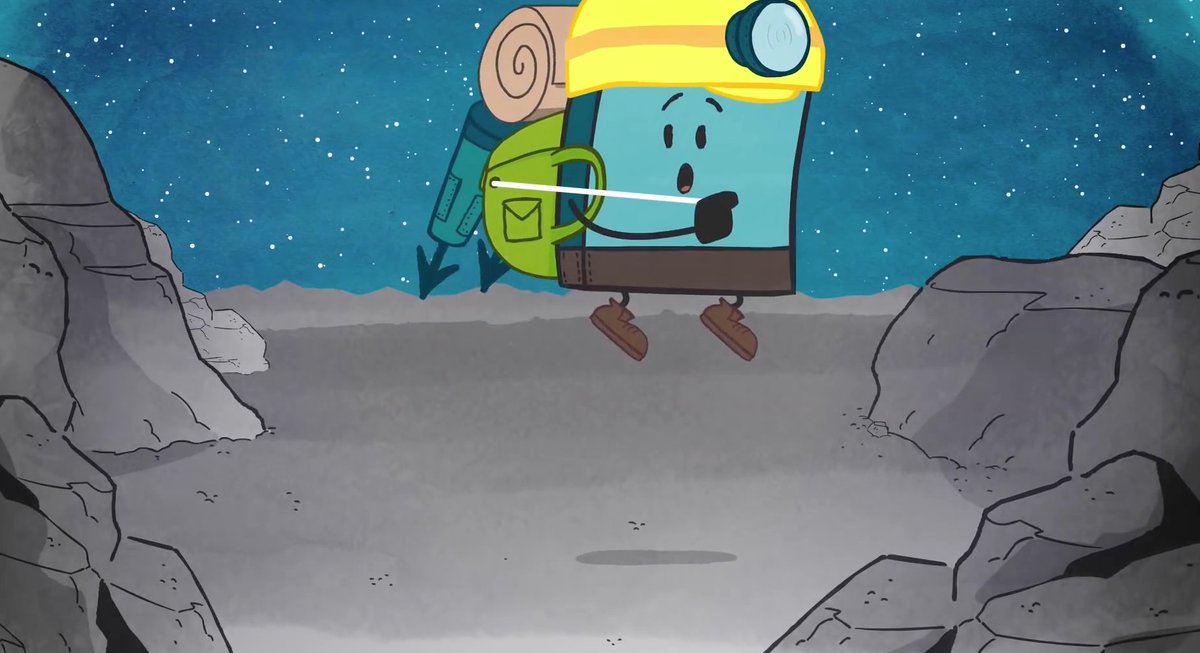
Want to #ExploreFarther? Take a tour of #philae’s second landing site with our interactive guide! Wrap up warm and turn on sound to hear your tour guide! #RosettaLegacy
🗺🧤📷 esamultimedia.esa.int/docs/science/I…
🗺🧤📷 esamultimedia.esa.int/docs/science/I…
Reminder! Follow the links in these tweets or from the full story to download higher-res image/videos and for full caption/image copyright info. Thanks! 😊
➡️esa.int/Science_Explor…
➡️esa.int/Science_Explor…

• • •
Missing some Tweet in this thread? You can try to
force a refresh

